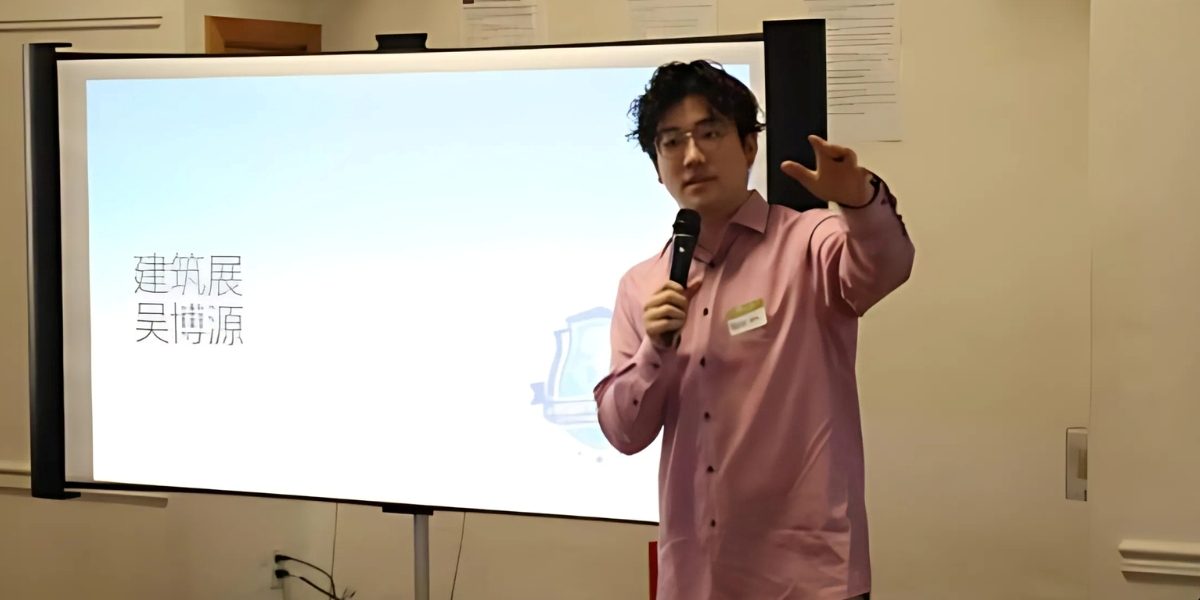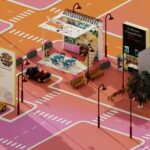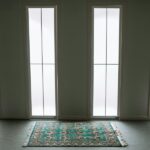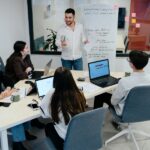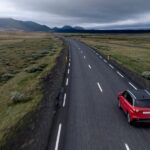By: Claire Brown
The architectural exhibition “Adaptive Reuse/Pre-use,” led by young architect Boyuan Wu, officially opened in Los Angeles on November 24, 2024. This highly anticipated exhibition focuses on the diverse applications of architectural design in contemporary society, aiming to explore how to balance experimental and practical design through innovation while promoting cultural exchange between China and the United States.
BoyuanWu, born in 1996, has lived in the United States for 12 years. He graduated with a degree in architectural design from Pennsylvania State University. He worked for a year at an architectural firm in New York before obtaining a master’s degree from the University of Southern California (USC). Currently, he works in architectural design at DELTA Construction in Los Angeles. With a multidisciplinary perspective and practical experience, Wu’s work spans multiple cities, including Los Angeles and Portugal, reflecting his deep consideration of diverse architectural functions and cultural integration.
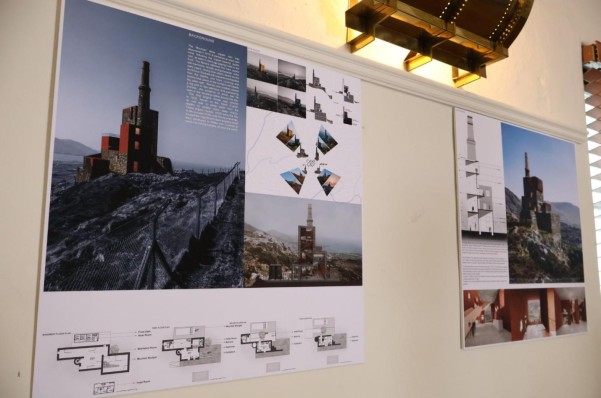
The exhibition, centered around the theme “Adaptive Reuse/Pre-use,” combines multiple displayed works and interactive elements, showcasing the potential of architectural design in functional transformation, environmental sustainability, and urban vitality regeneration. It provides a platform for international students, architecture enthusiasts, and industry professionals to share ideas and experiences, encouraging dialogue and cooperation between the two countries in the field of architectural art and technology.
One of the central themes of the exhibition is the concept of open-source housing and its relationship with the circular economy. Wu emphasizes the importance of innovative housing models, such as community land trusts (CLT) and limited equity cooperatives (LEC), which aim to de-commodify housing and promote incremental development. This approach views building materials as part of a dynamic resource pool that can be reused or recycled after disassembly, significantly reducing construction costs and minimizing environmental impact. These ideas not only address the urgent need for affordable housing but also contribute to the larger conversation around sustainability in architecture.
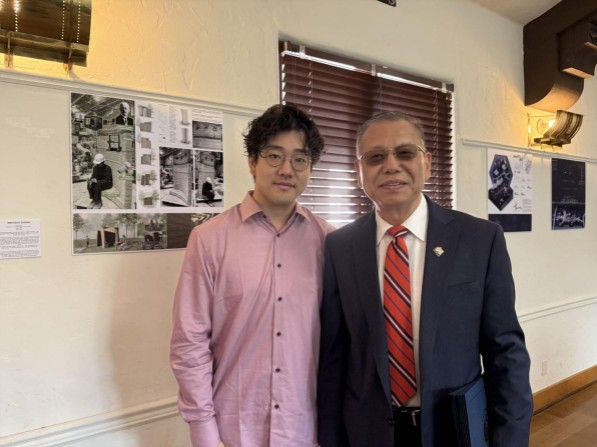
Additionally, the exhibition delves into architectural strategies for disaster resilience and post-crisis urban recovery, highlighting case studies from global contexts. Wu demonstrates how adaptive reuse principles can be applied in rebuilding communities affected by natural disasters, emphasizing the role of architecture in fostering both physical and emotional recovery. This focus on resilience aligns with broader global trends in urban design, emphasizing the importance of preparing cities for the challenges of climate change and unforeseen crises.
During the opening ceremony, Boyuan stated, “I hope to explore how architecture can respond to the rapidly changing needs of contemporary society through this exhibition while showcasing the creativity and possibilities that arise from cultural integration. More importantly, we need to consider how to enable everyone to participate in producing sustainable and affordable housing solutions through co-creation and sharing.” His vision underlines the importance of inclusivity and collaboration in architectural practices, urging the industry to rethink traditional top-down approaches to design and construction.
At the opening ceremony of the architectural exhibition by Wu Boyuan, several distinguished guests were invited to participate and witness this significant moment. The attending guests included:
- Yanyu, Ding, City Council Member of San Gabriel
- Jorge, Herrera, City Council Member of San Gabriel
- Shaorong, Wu, Vice Mayor of Monterey Park
- Dajian, Lin, Former Mayor of Monterey Park
Their presence signifies the local government’s support for the exhibition and provides a broader platform for promoting the architectural concepts of “adaptive reuse/pre-utilization.” The exhibition’s rich interactive segments and diverse showcases have garnered attention and support from these guests, further enhancing the dialogue and cooperation between Chinese and American cultures and architectural design.

One of the exhibition’s most engaging aspects is its interactive components, designed to encourage audience participation. Visitors can explore digital models, attend hands-on workshops, and engage in discussions about the applications of adaptive reuse and pre-utilization in various contexts. These interactive experiences allow participants to not only observe but also actively contribute to the dialogue about sustainable design, making the exhibition an immersive and educational experience.
The exhibition will last three days and will attract a global audience through online presentations and workshops. Wu Boyuan’s work complements the concept of open-source housing, fully demonstrating how diverse owners, residents, and community members can jointly participate in and promote the realization of eco-friendly, affordable housing solutions that adapt to different environments and needs.
Published by Mark V.

